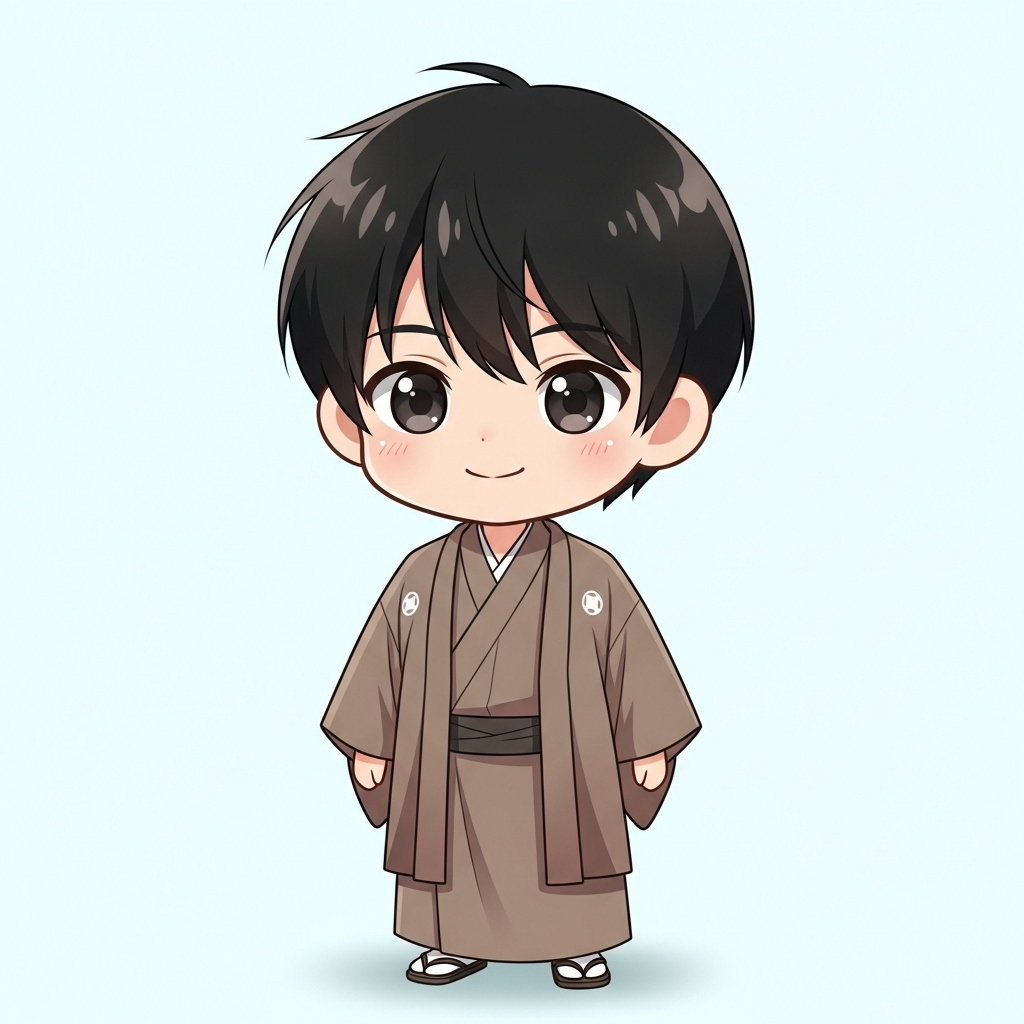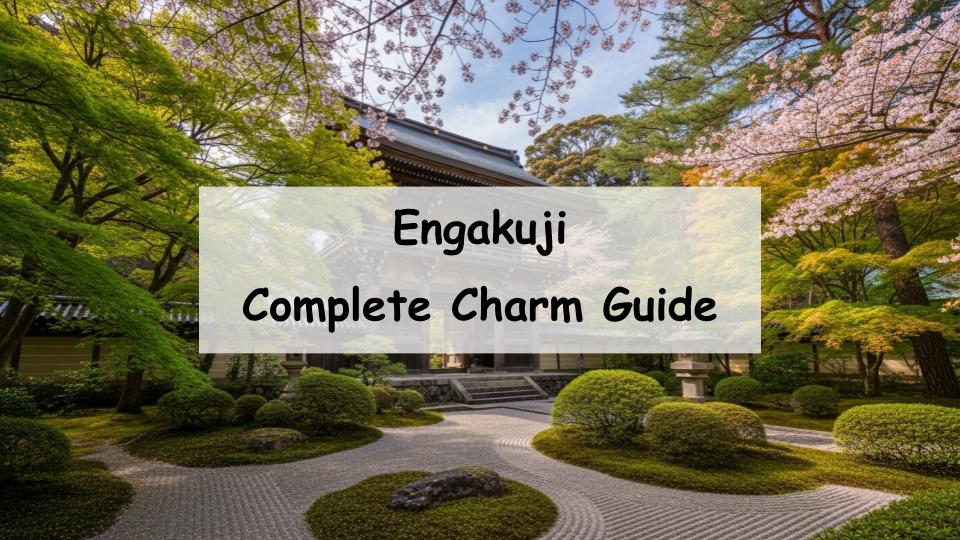If you’re searching about Engaku-ji Temple, you might be wondering, “What are the main attractions?” or “How do I get there?” This article thoroughly explores the charm of Engaku-ji, explaining its key features, must-see spots, and detailed access information. If you want to learn about the blend of history and nature that defines this famous Kamakura temple, please read on.
History and Basic Information of Engaku-ji Temple
What Kind of Temple Is Engaku-ji?
Engaku-ji is a leading Zen Buddhist temple located in Kamakura, well-known as one of Japan’s most prominent Rinzai sect temples. It offers visitors a serene environment surrounded by nature, providing deep spiritual tranquility. The temple grounds feature traditional Japanese gardens and numerous historical buildings where you can experience Japan’s rich cultural heritage firsthand.
Background of Its Founding and Historical Significance
Engaku-ji was established in 1282 by Hojo Tokimune, the eighth regent of the Kamakura shogunate. It was built to honor those who died during the Mongol invasions (the “Genko” invasions). Throughout history, the temple played a crucial role in the political and cultural life of Kamakura and was influential in spreading Zen Buddhism in Japan. Its legacy includes producing many prominent monks and scholars, which has cemented its status as a prestigious temple to this day.
Basic Information (Location, Visiting Hours, Admission Fee)
Engaku-ji is located in Kamakura City, Kanagawa Prefecture, just a few minutes’ walk from Kita-Kamakura Station. The temple is usually open from 8:00 AM to 4:30 PM, with an admission fee of about 300 yen for adults. Since hours and fees may change depending on seasons or special events, it’s best to check the official website before your visit.
Highlights and Attractions of Engaku-ji
Key Buildings (Sanmon Gate, Butsuden Hall, Shariden Hall)
The grand Sanmon Gate at the entrance symbolizes Engaku-ji’s historical prestige. At the heart of the temple grounds stands the Butsuden Hall, where visitors can absorb the solemn atmosphere and learn about Zen teachings. The Shariden Hall houses sacred Buddhist relics, reflecting the depth of Buddhist faith at Engaku-ji. These buildings offer both architectural beauty and spiritual meaning.
Seasonal Nature and Garden Beauty
The temple gardens change with the seasons, providing distinct scenery throughout the year. Cherry blossoms bloom beautifully in spring, while autumn brings vivid foliage colors. The tranquil ponds and moss-covered stone gardens offer a calming atmosphere that harmonizes with the Zen spirit, making these spots popular with visitors and photographers alike.
Special Exhibitions and Events
Engaku-ji occasionally opens normally restricted areas during special exhibitions. It also hosts events such as meditation sessions (zazen) and sutra copying experiences (shakyo), allowing visitors to engage more deeply with Zen culture and the temple’s traditions. Checking event schedules before your visit can enhance your experience.
How to Access Engaku-ji Temple
Access by Train and Bus
The nearest station to Engaku-ji is Kita-Kamakura Station on the JR Yokosuka Line, just a five-minute walk from the temple. While Kamakura Station is also nearby, taking the train to Kita-Kamakura is the easiest and most convenient option. The temple is well connected to Tokyo and other major cities, making it a perfect weekend getaway.
Parking and Local Transportation
There are limited parking spaces around Engaku-ji, so public transportation is highly recommended. On busy weekends and during peak tourist seasons, parking can be scarce, so arriving early is advisable. Bicycle rentals are also available nearby, offering a pleasant way to explore Kamakura’s historic sites.
Recommended Sightseeing Routes
After visiting Engaku-ji, you can easily explore other famous nearby spots such as Kencho-ji Temple or the Great Buddha of Kamakura. Many temples are within walking distance in the Kita-Kamakura area, making it ideal for a full day of cultural and historical sightseeing. Planning your route to include café breaks will also help you enjoy a relaxing visit.
Tips and Considerations When Visiting Engaku-ji
Visiting Etiquette and Appropriate Attire
As a religious site, Engaku-ji requires visitors to behave respectfully and quietly. Photography is prohibited in certain areas, so be sure to observe the rules. Comfortable and modest clothing is recommended, suitable for walking and appropriate for a sacred place.
Nearby Dining and Café Options
The Kita-Kamakura area offers a variety of stylish cafés and traditional Japanese restaurants. After touring the temple, many visitors enjoy local dishes or matcha sweets nearby. Because weekends can be crowded, it’s best to allow extra time for dining.
Combining Engaku-ji with Other Kamakura Attractions
Engaku-ji’s convenient location makes it easy to combine with other major Kamakura sights like Tsurugaoka Hachimangu Shrine or Hasedera Temple. Visiting multiple spots in one day allows you to fully experience Kamakura’s rich history and culture. Preparing an efficient travel plan will help maximize your sightseeing enjoyment.
A Message from the Guide

If you go to Kamakura, it’s a must-visit.












Comment